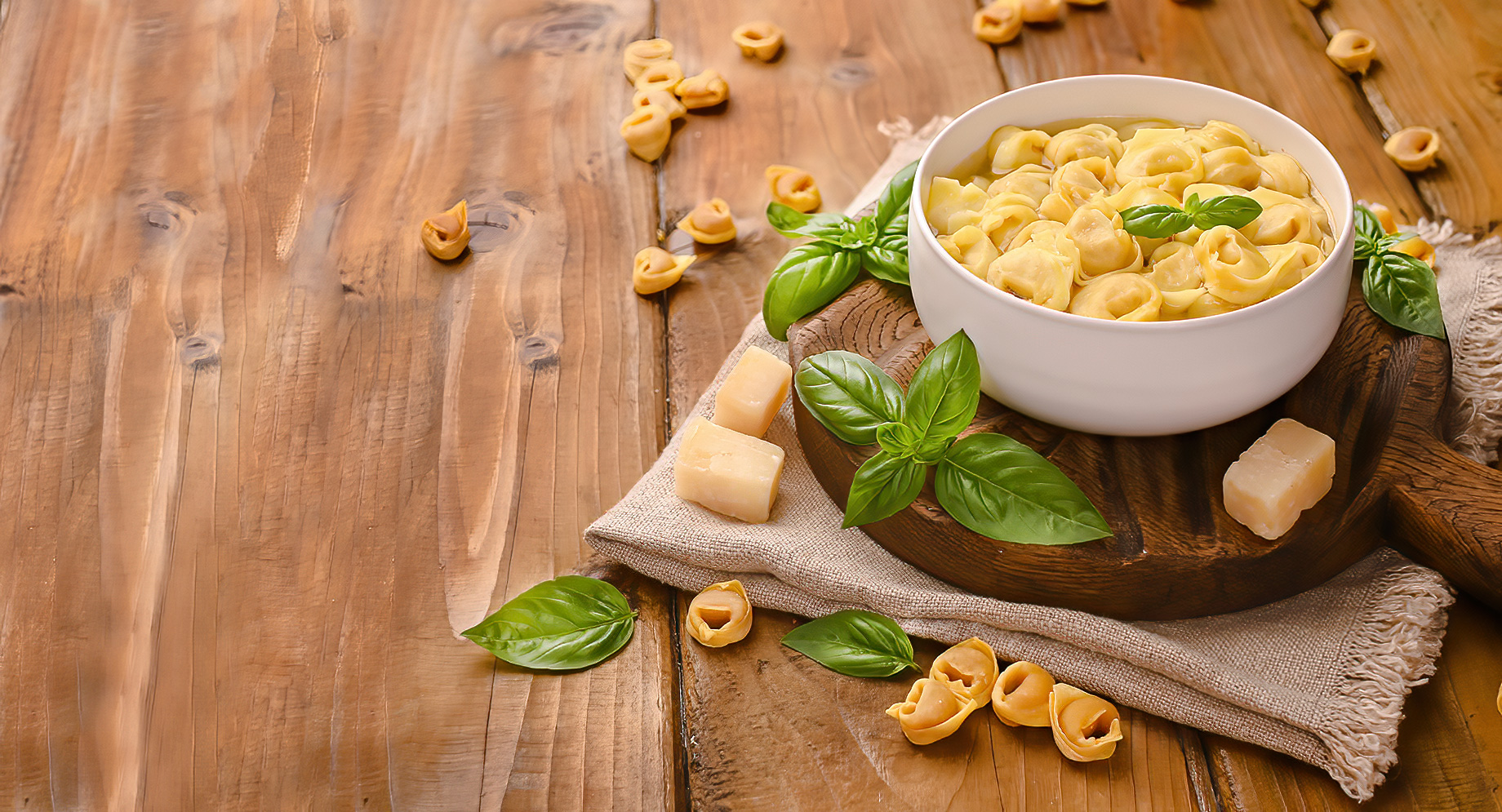
Introduction
Brief History of Italian Cuisine
Italian cuisine boasts a rich tapestry woven through centuries of cultural and historical influences. From ancient Roman feasts that showcased local ingredients to the diversity brought by trade routes in the Middle Ages, Italian gastronomy evolved significantly.
Key milestones include:
- The Renaissance: Splendor in culinary arts with new flavors.
- Regional Diversity: Each area developing unique dishes based on local produce.
Significance of Italian Gastronomy
Italian gastronomy is not just about food; it’s a celebration of community and tradition.
Consider this:
- Family Gatherings: Meals often become a communal experience.
- Culinary Heritage: Recipes passed down through generations, preserving cultural identity.
Through the flavors of Italy, one experiences love and passion for food, making it truly special and significant in the world of gastronomy.
Regions of Italy and Their Culinary Specialties
Northern Italy: Alpine Influences
Northern Italy is a culinary paradise, deeply influenced by the Alpine regions. Dishes here are hearty and comforting, often featuring rich creams, polenta, and robust meats.
- Risotto: A staple dish, creamy and flavored with local mushrooms.
- Vin Santo: A sweet dessert wine enjoyed with cantucci.
Central Italy: Roman Tradition
Central Italy, particularly Rome, showcases a simpler yet iconic cuisine. Think fresh ingredients and classic recipes that resonate through time.
- Cacio e Pepe: A minimalistic pasta dish with cheese and pepper.
- Carciofi alla Romana: Roman-style artichokes, infused with herbs.
Southern Italy: Mediterranean Flavors
Southern Italy bursts with vibrant Mediterranean flavors, characterized by its use of tomatoes, olives, and seafood.
- Pizza Napoletana: Famous for its soft crust and fresh toppings.
- Pasta alla Norma: A delicious dish featuring eggplant, tomatoes, and ricotta.
Traveling through Italy means savoring the distinct culinary specialties that define each region, providing a journey for the taste buds.
Famous Italian Dishes and Ingredients
Pasta Varieties and Origins
Italy is synonymous with pasta, and its varieties are as diverse as its regions. From long strands to small shapes, each type has its unique history.
- Spaghetti: Long, thin noodles, believed to have originated in Sicily.
- Fettuccine: Flat ribbons often paired with rich sauces.
Olive Oil: Italy’s Liquid Gold
Olive oil is much more than a cooking medium; it’s an essential ingredient reflecting the Italian way of life.
- Extra Virgin: The finest quality, perfect for drizzling on salads.
- Varieties: Each region produces distinct flavors, from fruity Ligurian oil to robust Tuscan.
Cheese: From Parmigiano Reggiano to Mozzarella
Italian cheeses are a celebration of local traditions and craftsmanship.
- Parmigiano Reggiano: Aged and nutty, ideal for grating over pastas.
- Mozzarella di Bufala: Fresh and creamy, perfect for Caprese salads.
With every bite, these iconic dishes and ingredients tell a story of heritage, culture, and passion in Italian cuisine.
Dining Etiquette and Food Culture in Italy
Traditional Meal Structure
Dining in Italy is an experience steeped in tradition. Meals are leisurely affairs, often broken down into multiple courses, allowing families and friends to gather and savor each moment.
- Antipasto: Starts the meal with a selection of cured meats and cheeses.
- Primi: Usually pasta or risotto, a warm, hearty dish.
- Secondi: The main course, typically meat or fish, served with contorni (side dishes).
Italian Wine Pairing
No Italian meal is complete without the perfect wine. It’s believed that the right pairing elevates both the dish and the drink.
- Chianti with Bistecca alla Fiorentina: Bold red wine complements the grilled steak perfectly.
- Verdicchio with Seafood: A refreshing white that enhances the flavors of fresh fish.
Embracing these dining customs enriches the culinary journey, allowing one to appreciate Italy’s robust food culture fully.
Experiencing Italy’s Culinary Scene
Food Markets and Local Produce
Immersing oneself in Italy’s culinary landscape starts at vibrant food markets. These bustling hubs are where locals gather to shop for fresh, seasonal ingredients.
- Mercato di Testaccio in Rome: A feast for the senses, offering everything from artisanal cheeses to hand-picked vegetables.
- Mercato Centrale in Florence: Ideal for sampling local specialties, including olive oils and cured meats.
Cooking Classes and Culinary Tours
To deepen one’s appreciation, consider joining cooking classes or culinary tours. These experiences offer hands-on learning while exploring regional cuisine.
- Pasta-making classes in Bologna: Participants often leave armed with the skills to recreate dishes at home.
- Wine tours in Tuscany: Breathtaking vineyard views paired with tastings allow for an intimate connection with Italian traditions.
Engaging directly with the food scene not only enhances the travel experience but also nurtures a lasting connection to Italy’s rich culinary heritage.
Modern Innovations in Italian Cuisine
Fusion Cuisine and Contemporary Trends
Italian cuisine is dynamically evolving, blending traditional flavors with global influences. This innovation is evident in the rise of fusion cuisine, where chefs experiment boldly.
- Tacos alla Carbonara: A playful twist combining Mexican and Roman flavors, served in a tortilla.
- Sushi with Italian Flair: Sushi rolls incorporating prosciutto and mozzarella, showcasing creativity.
Michelin-Starred Restaurants in Italy
For those seeking the pinnacle of dining experiences, Italy boasts a prestigious list of Michelin-starred restaurants. These establishments push culinary boundaries while preserving the essence of Italian cooking.
- Osteria Francescana in Modena: Known for its artistic presentation and groundbreaking flavors.
- Da Vittorio: Celebrated for its refined dishes using seasonal ingredients.
Exploring these modern culinary innovations offers a fresh perspective on Italy’s rich gastronomic tradition, demonstrating that the Italian kitchen remains as vibrant and inventive as ever.
